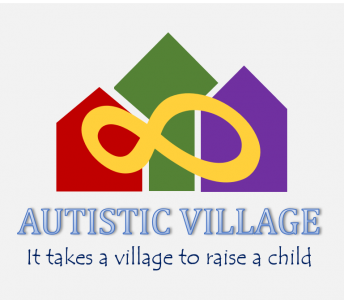by Yenn Purkis

Recently musician Sia made a film called Music which had an autistic central character, The actor who played this character was not autistic or neurodivergent and this caused- rightfully – a lot of controversy. What interested me about this was that it caused controversy at all. This indicated we have come a long way in terms of the representation of autistic people. Of course it isn’t OK to cast an autistic character and have an allistic actor play them but up until quite recently it wouldn’t have been viewed as an issue. Representation has been an issue in many other intersectional communities. Representation is important, and for a number for reasons.
I belong to three intersectional groups which have significant challenges with representation – in popular culture but also in leadership and political life. I am autistic and ADHD, have schizophrenia and am non-binary gender. All of these groups struggle with appropriate and positive representation. I will start with autism ./ Neurodiversity. Autistic people have only recently been included in a positive way in popular white. When I was diagnosed way back in 1994 autistic people were pretty much non-existent in popular culture until recently. Where there was an autistic character they were usually a ‘savant’ or a genius. They were pretty much always cis gender men or boys too. This has changed and we now have a range of autistic characters in the media, although they are still mostly – but not always – cis men. Autistic characters are not always played by autistic people but this is changing. Autistic characters in dramas do seem to have quite stereotypical autistic characteristics and this serves to perpetuate some of the unhelpful myths about autism. I feel like we are at a bit of a crossroads with autism ad representation. It is important to keep the pressure on where there are issues and to be supportive if a director or writer gets it ‘right’.
Moving onto schizophrenia and there is a BIG problem with representation. I would ask you to take a moment to identify any sympathetic or positive schizophrenic chatterers in books, movies or TV. I can think of three – Jahn Nash in a Beautiful Mind, Janet Frame in An Angel at my Table and me. (And I am not a character so that probably doesn’t count). Characters with schizophrenia are almost always violent and dangerous. They rarely do the things others do like having a job or raising a family. Every bad experience with a person with schizophrenia in the news compounds this. If we are moving in a positive direction with autism and representation we have not even started the journey around schizophrenia and representation. There are so few positive role models in the schizophrenia space. There is a saying, If you can’t see it you can’t be it and I think that is highly relevant here. Many years ago I was in a residential mental health service and a young woman there had just been diagnosed with schizophrenia. She asked me what it meant. I told her it didn’t need to mean anything in terms of what she could do with her life. I said it is an illness that needs managing but short of that it does not necessarily mean anything at all.
And to my final intersectional group in the space of representation – gender diversity. I identify as non-binary and transgender. Representation in the gender diversity space is really important. Historically transgender characters have only ever been figures of ridicule or disgust. Even now there is a lot of transphobia in the media. Transgender people face a lot of bigotry and it often seems like we are caught between the opposing poles of rampant bigotry and respectful inclusion. Popular culture definitely seems to reflect that assessment with representations swinging between ridicule and laughter and inclusion. Just a plug for a show I like… It is called Work in Progress and has a wonderful tans man as the co-star. Anyway representation in the gender diversity space is extremely important. Well I guess representation in any diversity space is important, especially for younger people.
We often use popular culture to inform how we see ourselves. So if we see a show that is transphobic and we are trans it will make it that much harder to be out loud and proud. But if we see a program that is supportive and inclusive we will view ourselves more positively and have a greater degree of self acceptance and pride. I have only really talked about representation in the media but presentation goes right across society. I think can all benefit form positive role models and representation of whatever groups we are a member of. Representation goes to politics, sport, work, art, writing and many other areas. And all intersectional groups face struggles with representation. Had I seen positive role models when I was a child and teen it would have made my life so much better. This is an ongoing challenge.
Re-shared with full permission from the author. Original post here.
If you enjoy Yenn’s writing, please follow their Facebook page.
If you enjoy the work that Autistic Village publishes please follow us on our Facebook page
